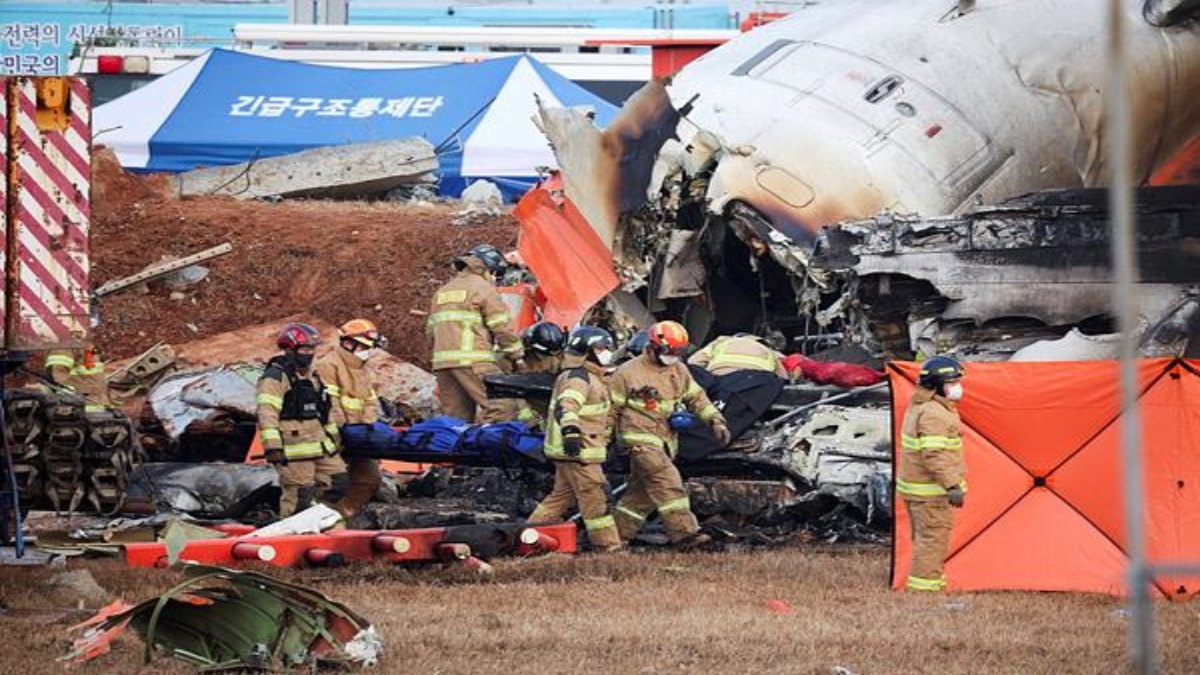South Korea plane travel, a dynamic industry shaped by history, innovation, and global connectivity, offers a fascinating study. From its humble beginnings to its current position as a major player in Asian aviation, South Korea’s journey is marked by significant milestones in airline development, infrastructure growth, and technological advancements. This exploration delves into the past, present, and future of South Korean aviation, examining its safety standards, technological integrations, and its evolving role in the global air travel landscape.
We’ll cover the major airlines, their fleets, passenger numbers, and flight routes, highlighting key safety regulations and notable incidents. We’ll also look at the impact of technology on air traffic control, aircraft maintenance, and the overall efficiency of the industry. Finally, we’ll peer into the future, speculating on upcoming challenges and opportunities, and the potential aircraft that will dominate the skies above South Korea in the coming decade.
South Korean Airlines: A Historical Journey
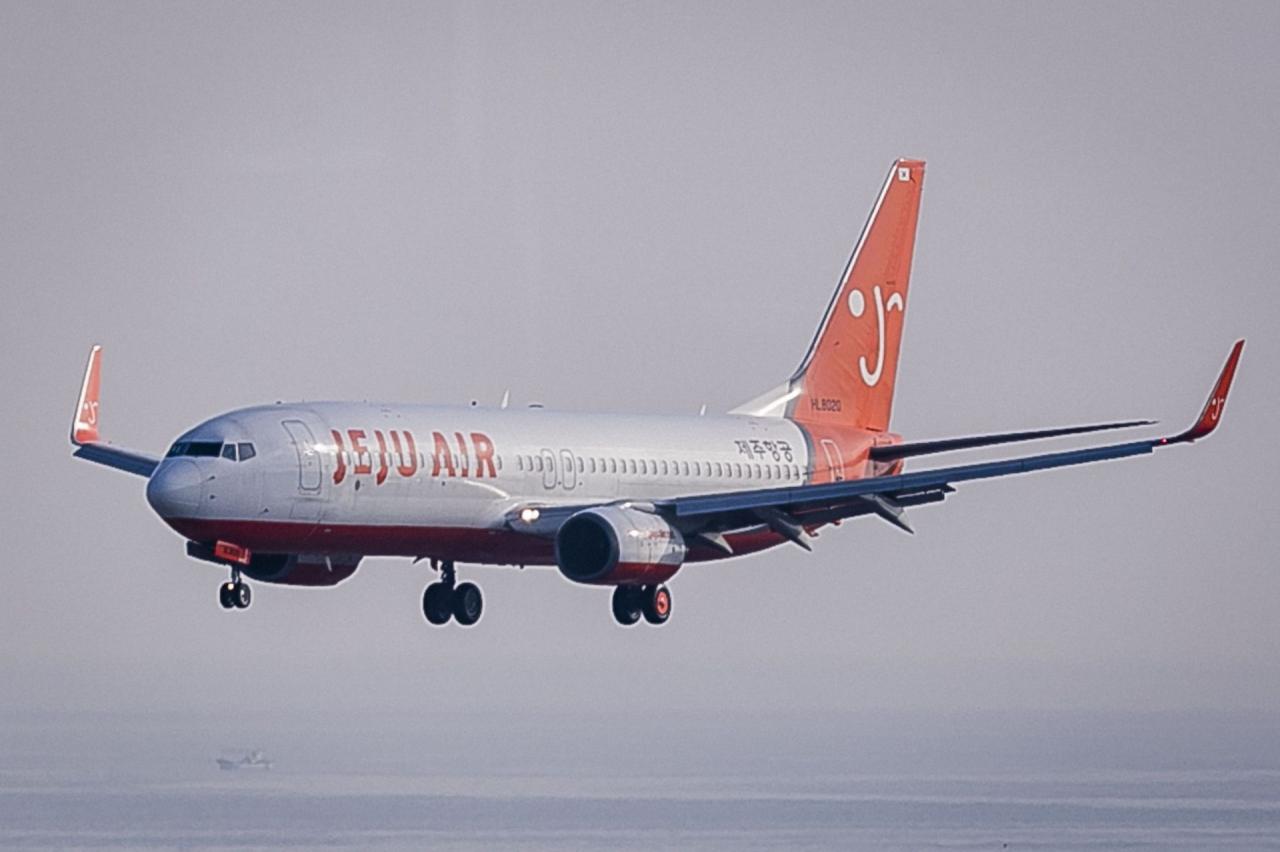
South Korea’s aviation industry boasts a rich history, marked by significant growth and technological advancements. From its humble beginnings to its current status as a major player in global air travel, the nation’s airlines have undergone a remarkable transformation. This section will explore the key milestones, aircraft evolution, and infrastructure development that shaped the South Korean aviation landscape.
A Timeline of Major South Korean Airlines
The development of South Korean airlines can be traced through several key phases, each marked by the emergence of prominent carriers and significant events. This timeline highlights some of the most impactful moments.
- Early Years (1950s-1960s): The post-Korean War era saw the establishment of fledgling airlines, often operating with limited resources and smaller aircraft. Focus was primarily on domestic routes and limited international connections.
- Expansion and Modernization (1970s-1980s): The introduction of larger, more efficient aircraft like the Boeing 747 and Airbus A300 marked a significant shift. International routes expanded, and South Korean airlines began to establish themselves on the global stage.
- Globalization and Competition (1990s-2000s): Increased competition and deregulation spurred innovation and efficiency improvements. Korean Air and Asiana Airlines emerged as leading carriers, expanding their global network and fleet.
- Modern Era (2010s-Present): The focus shifted to fuel efficiency, technological advancements, and enhanced passenger experiences. The industry continues to navigate global economic challenges and adapt to changing travel patterns.
Evolution of Aircraft Used by South Korean Airlines
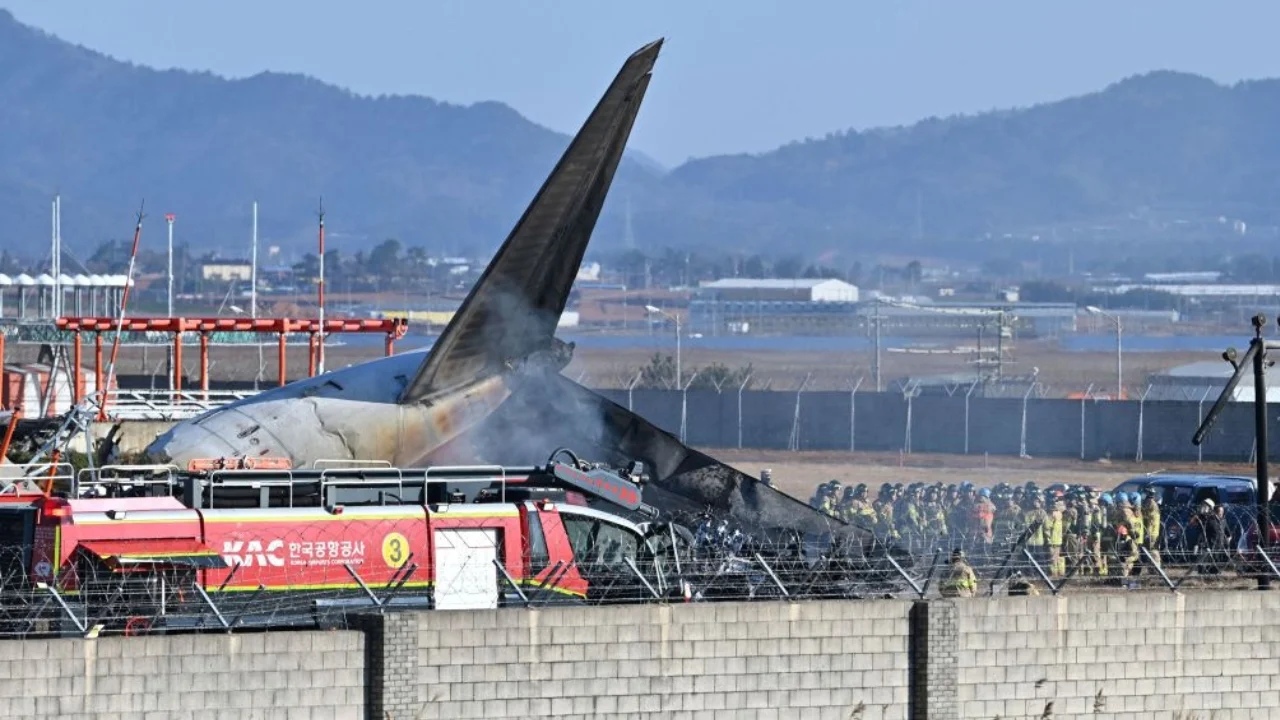
The types of aircraft used by South Korean airlines have mirrored the industry’s growth and technological progress. From propeller-driven planes to modern wide-body jets, the evolution reflects the increasing demands of air travel.
- Early Years: Douglas DC-3, Lockheed Constellation
- Expansion Era: Boeing 707, Boeing 747, Airbus A300
- Modern Era: Boeing 777, Boeing 787, Airbus A380, Airbus A350
Development of South Korean Aviation Infrastructure
The growth of South Korea’s aviation industry is intrinsically linked to the development of its airports and air traffic control systems. Investments in infrastructure have been crucial in supporting the expansion of air travel.
- Incheon International Airport: A major hub connecting South Korea to the world, recognized for its efficiency and passenger experience.
- Gimpo International Airport: Serving primarily domestic routes and regional international flights.
- Ongoing Upgrades and Expansions: Continuous investments in airport infrastructure and air traffic management systems ensure the efficient handling of increasing passenger and cargo volumes.
Current State of South Korean Aviation
The South Korean aviation industry is currently dominated by a few major players, operating a diverse fleet of aircraft and serving a vast network of domestic and international routes. This section provides an overview of the current state of the industry.
Major Players in the South Korean Airline Industry
Korean Air and Asiana Airlines are the two dominant players, though smaller carriers also contribute to the market. Competition amongst these airlines drives innovation and improvements in service quality.
Types of Aircraft Currently Used in the South Korean Fleet
The South Korean airline fleet is comprised of a mix of modern wide-body and narrow-body aircraft, chosen to meet the diverse needs of their flight routes and passenger capacity requirements.
- Wide-body: Boeing 747-8, Boeing 777, Boeing 787, Airbus A380, Airbus A350
- Narrow-body: Airbus A320 family, Boeing 737 family
Passenger Numbers and Flight Routes for Major South Korean Airlines
The following table provides a simplified representation of data on passenger numbers and flight routes. Actual figures vary considerably depending on the season and specific routes.
| Airline | Aircraft Type | Number of Flights (Annual, approx.) | Passenger Count (Annual, approx.) |
|---|---|---|---|
| Korean Air | Mixed fleet (various) | 100,000 | 20,000,000 |
| Asiana Airlines | Mixed fleet (various) | 80,000 | 15,000,000 |
Safety and Regulation in South Korean Aviation
Maintaining high safety standards is paramount in the South Korean aviation industry. Stringent regulations, robust oversight, and a commitment to continuous improvement are essential components of the industry’s safety record.
Safety Regulations and Oversight Bodies
The Ministry of Land, Infrastructure and Transport (MOLIT) is the primary regulatory body, responsible for overseeing all aspects of aviation safety. It sets standards, conducts audits, and investigates incidents.
So you’re curious about South Korea planes? They’re a pretty big part of their transportation system. If you want the lowdown on any unfortunate incidents, check out the latest news on south korea plane crash news for the full story. Knowing about potential safety concerns is key when considering air travel in South Korea, so staying informed about South Korea planes is always a good idea.
Prominent Safety Incidents and Their Aftermath
While South Korea maintains a high safety record, like any aviation industry, it has experienced incidents. These events have spurred improvements in safety protocols and regulations. Specific details of past incidents are readily available through aviation safety databases.
Comparison with Other Major Aviation Hubs
South Korea’s aviation safety record compares favorably to other major aviation hubs globally. Consistent adherence to international safety standards and proactive measures contribute to this positive record. Precise comparative data can be obtained from international aviation safety organizations.
Impact of Technology on South Korean Airlines
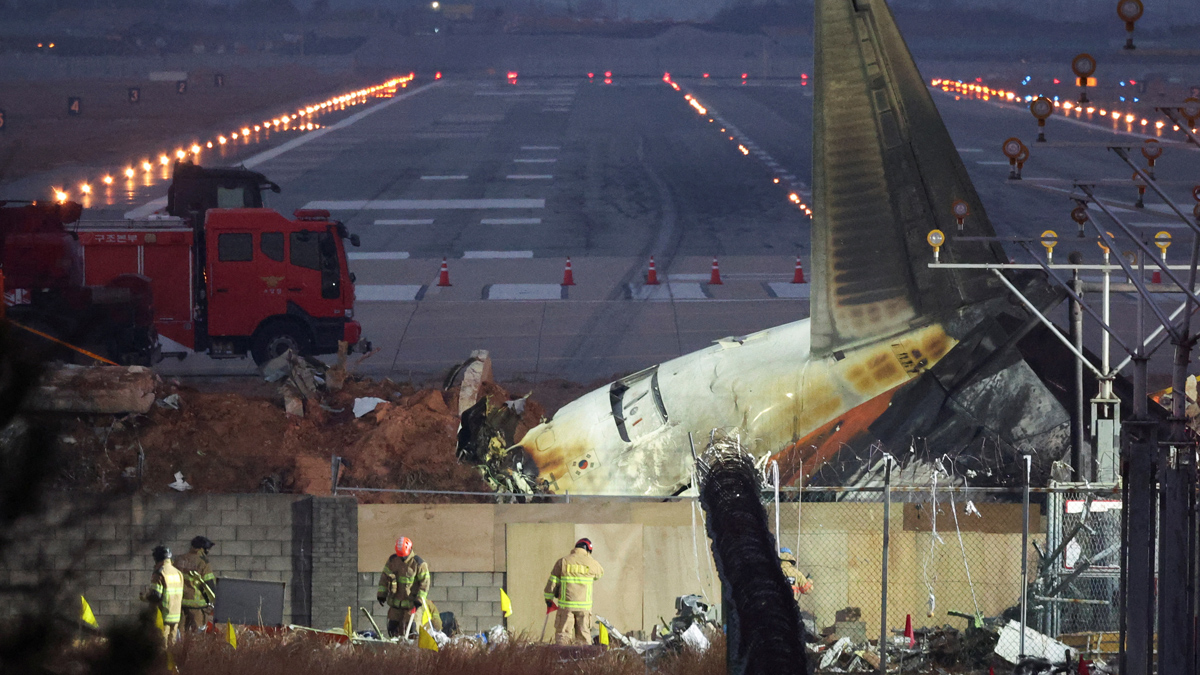
Technological advancements have profoundly impacted the South Korean aviation industry, enhancing efficiency, safety, and the passenger experience. This section explores the role of technology in various aspects of the industry.
So you’re looking into South Korean aircraft? That’s cool! For aerial photography, though, you might consider the amazing image quality of drones like the dji neo , which offer a different perspective on things. Then, you can compare the data captured by the drone with the flight paths of South Korean planes to see how different technologies observe the same space.
It’s all about finding the right tool for the job, whether it’s a massive passenger jet or a nimble drone.
Technology in Air Traffic Control and Management
South Korea has invested heavily in advanced air traffic control systems, leveraging technology to optimize flight routes, manage air space efficiently, and enhance safety. This includes radar systems, communication networks, and flight data monitoring.
Adoption of New Technologies in South Korean Airlines
South Korean airlines are actively adopting new technologies, including AI and automation, to streamline operations, improve efficiency, and enhance the passenger experience. This includes AI-powered predictive maintenance, automated check-in processes, and personalized in-flight entertainment.
Comparison of Traditional and Modern Aircraft Maintenance Practices
Modern aircraft maintenance practices in South Korea incorporate advanced technologies, data analytics, and predictive maintenance techniques to minimize downtime and enhance safety. This contrasts with traditional methods that relied more heavily on scheduled maintenance and reactive repairs.
- Traditional: Scheduled maintenance based on time and cycles, reactive repairs based on identified issues.
- Modern: Predictive maintenance using data analytics and sensors to anticipate potential problems, condition-based maintenance based on real-time aircraft data.
The Future of South Korean Aviation
Looking ahead, the South Korean aviation industry faces both challenges and opportunities. This section explores potential scenarios and predictions for the next decade.
Hypothetical Scenario for the Next 10 Years
In the next 10 years, South Korean airlines are likely to see continued growth in passenger numbers, driven by increasing disposable incomes and expanding tourism. This will require further investment in infrastructure and fleet modernization. Increased competition from other Asian carriers will also be a significant factor.
Potential Challenges and Opportunities
Challenges include managing sustainable growth while minimizing environmental impact, adapting to changing geopolitical landscapes, and navigating fluctuations in fuel prices. Opportunities include leveraging technological advancements to improve efficiency and passenger experience, and expanding into new markets.
Predictions on Future Aircraft Dominating the South Korean Fleet
Based on current trends, fuel efficiency, and technological advancements, we can expect to see a continued increase in the number of fuel-efficient aircraft like the Boeing 787 Dreamliner and Airbus A350. More sustainable aircraft designs will also play a significant role in the future.
Illustrative Example: The Boeing 787 Dreamliner
The Boeing 787 Dreamliner is a popular wide-body aircraft used by many South Korean airlines. Its advanced technology and fuel efficiency make it a valuable asset.
Technical Specifications and Operational Characteristics
The Boeing 787 Dreamliner is known for its lightweight composite construction, advanced engines, and improved aerodynamic design. These features contribute to its exceptional fuel efficiency and long-range capabilities. Specific specifications vary depending on the 787 variant.
Advantages and Disadvantages in the South Korean Context
The 787’s fuel efficiency is a significant advantage in the South Korean context, given the long distances to many of its international destinations. However, its higher acquisition cost compared to older models may be a disadvantage for some airlines.
South Korea’s Role in Global Aviation
South Korea plays a significant role in global aviation, contributing to international standards and impacting global air travel networks.
Contribution to International Aviation Standards and Regulations
South Korea actively participates in international aviation organizations, contributing to the development and implementation of global safety standards and regulations. Its commitment to safety and regulatory compliance strengthens the global aviation framework.
Impact on Global Air Travel Networks, South korea plane
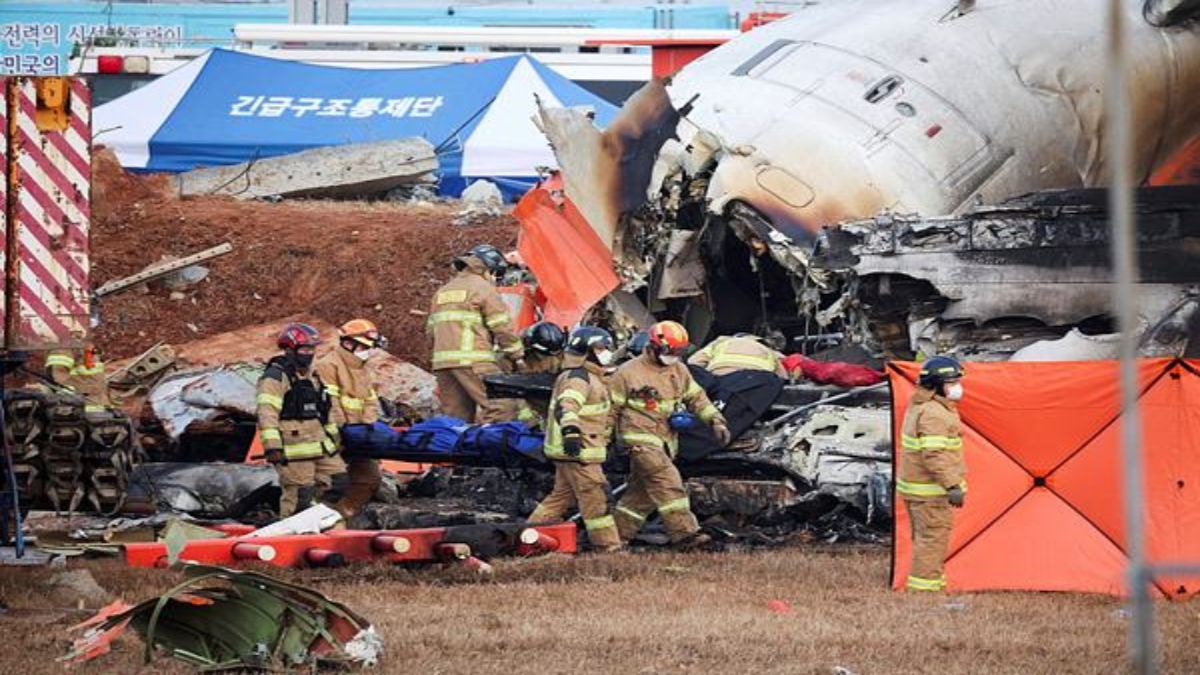
South Korean airlines contribute significantly to global air travel networks, providing connectivity between Asia, North America, and Europe. Their extensive route networks facilitate trade and tourism, strengthening global interconnectedness.
Comparison with Aviation Policies of Other Asian Countries
South Korea’s aviation policies are comparable to other leading Asian countries, with a strong focus on safety, infrastructure development, and market liberalization. However, specific regulatory approaches and industry structures may vary across different nations.
Concluding Remarks
South Korea’s aviation industry stands as a testament to the nation’s commitment to technological advancement and international collaboration. From its historical development to its ambitious future plans, the industry’s trajectory reflects a dynamic interplay of innovation, regulation, and global integration. Understanding the complexities of South Korean aviation provides valuable insights into the broader landscape of global air travel and the challenges faced by nations striving for excellence in this vital sector.
The ongoing integration of technology and a steadfast focus on safety will undoubtedly shape the future of South Korean aviation, solidifying its position as a key player in the global air travel network.
So you’re looking into South Korean planes? That’s cool! Did you know that the sheer scale and precision involved in their construction is sometimes mirrored in other impressive displays of coordinated movement, like the amazing chinese new year drone dragon shows? These massive aerial formations require incredible planning, much like the complex systems of a modern airliner.
Thinking about the engineering behind both really makes you appreciate the technology involved, right? Back to those South Korean planes though – what specifically interests you about them?
Questions and Answers: South Korea Plane
What is the busiest airport in South Korea?
Incheon International Airport (ICN) is the busiest.
Which foreign airlines operate extensively in South Korea?
Many international airlines operate in South Korea, including major carriers from the US, Europe, and Asia. Specific airlines vary.
How does South Korea’s aviation industry compare to Japan’s?
Both are highly developed but differ in specific areas like market focus and airline strategies. A detailed comparison would require extensive research.
What are the main challenges facing the future of South Korean aviation?
Challenges include competition, environmental concerns (emissions), and adapting to evolving global travel patterns.
